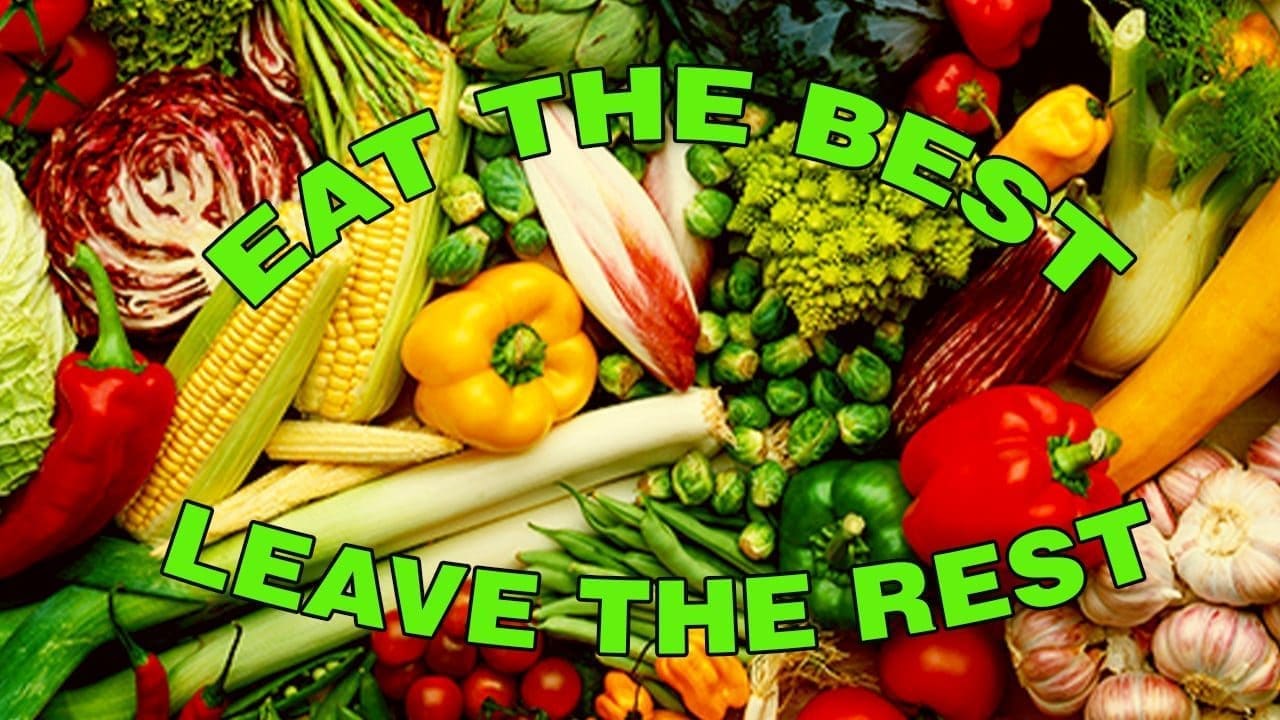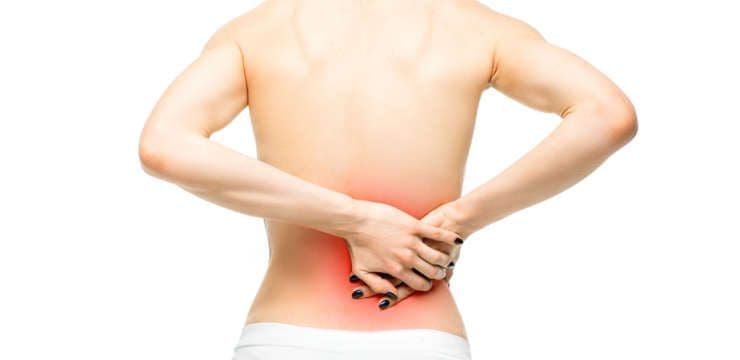
As doctor Mark Hyman says, “Food is medicine. You can not find anything in a bottle that is more powerful than what you put on your fork”. The best diet for pain relief depends on the individual but ultimately comes down to reducing inflammation and restoring the healthy bacteria in the gut.
Table of Contents
Methylation Diet
Methylation is a natural process in the body that controls the replication of DNA. In turn, methylation is responsible for the aging of each cell and has been thought to play a role in the onset of, or a lack of, chronic disease. Methylation is also responsible to control the unhealthy compound that can damage blood vessels called homocysteine, recycles molecules for optimal detoxification and keeps inflammation under control. The methylation diet focuses around adding foods into the diet that enhance the role in DNA methylation. The process behind methylation is to remove the obstacles the body faces that drain the natural methylation process while providing the body with a wide variety of nutrients for optimal balanced activity. This results in a gut that is not as irritated, leading to less gut inflammation and ultimately will reduce inflammation in the overall body, leading to less pain.
An example of breakfast following the methylation diet provided by Lara Zakaria found in the book “Everyday MDL” is Cranberry-Apple- Cinnamon Oatmeal. This meal consists of steel-cut oats, coconut oil, fresh cranberries, a crisp apple, and honey for topping!
Avoiding Nightshades
What is a nightshade? A nightshade is a vegetable that contains Alkaloids, which are substances containing nitrogen. These nightshades are thought to increase inflammation in the gut and lead to other autoimmune diseases. Many nightshades are a rich source of nutrients and do not cause people issues. However, to reduce overall pain in the body, avoiding these foods reduces inflammation and offers health benefits.
Examples of common nightshades to avoid include Eggplant, Peppers, Potatoes, and Tomatoes.
Gluten-Free
Joint pain and inflammation are two common symptoms when it comes to celiac disease. Celiac disease is when an individual has an autoimmune response to gluten. Gluten is the protein commonly found in wheat. For those with celiac disease, gluten does not get properly digested, causing damage to the small intestine and the inability to absorb the nutrients.
This leads to painful stomach aches, diarrhea, and inflammation of the intestines and tissues. This causes problems inside the gut, and outside the gut. By reducing gluten in the diet, patients see a reduction of depression, joint pain, headaches, and skin rashes. With the reduction of these symptoms, comes the reduction of pain. The less inflammation being caused from the inside of the body, the less pain felt by the patient.
Phytonutrient Diet
Phytonutrients come from plants. The word “Phyto” refers to the plant, in Greek. Phytonutrients are not essential to live, but they have been shown to help prevent disease and reduce inflammation by providing the body with natural compounds that are produced by plants.
Phytonutrients offer the body antioxidants, carotenoids to support immune health, flavonoids to aid in healthy cell communication that lead to detoxification, and glucosinolates to help eliminate toxins.
On top of all these diets, one of the best things to aid in pain relief is to add all-natural simple supplements into your daily lifestyle. Fish oils will help the body’s cardiovascular system as well as support healthy mental function as well as glucose and insulin metabolism.
Pre/Probiotics will feed the healthy bacteria along with providing a natural immune response, bowel regularity, and lactose digestion.
Vitamin D is a vitamin that almost everyone is deficient in. By adding this supplement to your diet it will support bone health and cardiovascular health.
Curcumin is derived from Tumeric. This is an all-natural supplement that provides antioxidant and cell activity, supports the joints and helps to relieve minor pain, provides the health of organs and their systems while promoting healthy cell growth.
Eating healthy and providing your body with a diet to allow it to work optimally, does not have to be repetitive, plain or boring. These foods and diets allow individuals to enjoy their life and their foods while ultimately reducing inflammation and experiencing pain relief. -Kenna Vaughn, Senior Health Coach
*The scope of our information is limited to chiropractic, musculoskeletal, and nervous health issues or functional medicine articles, topics, and discussions. We use functional health protocols to treat injuries or disorders of the musculoskeletal system. Our office has made a reasonable attempt to provide supportive citations and has identified the relevant research study or studies supporting our posts. We also make copies of supporting research studies available to the board and or the public upon request.
References:
Hodges, Romilly. “Breakfast.†Everyday MDL Recipes for the Methylation Diet & Lifestyle Program for Optimal Genetic Expression, edited by Kara Fitzgerald , p. 35.
Olsen, Natalie. “Phytonutrients.†Healthline, 2018, www.healthline.com/health/phytonutrients.
Pearson, Keith. “Are Nightshades Bad for You? .†Healthline, 23 June 2017, www.healthline.com/nutrition/nightshade-vegetables.
Rath, Linda. “The Connection Between Gluten And Arthritis.†Www.arthritis.org, 2015, www.arthritis.org/living-with-arthritis/arthritis-diet/anti-inflammatory/gluten-free-diet.php.
“What Are Phytonutrients? Types and Food Sources.†WebMD, WebMD, 29 Oct. 2018, www.webmd.com/diet/guide/phytonutrients-faq#1.
Disclaimers
Professional Scope of Practice *
The information herein on "The Best Diet For Pain Relief" is not intended to replace a one-on-one relationship with a qualified health care professional or licensed physician and is not medical advice. We encourage you to make healthcare decisions based on your research and partnership with a qualified healthcare professional.
Blog Information & Scope Discussions
Welcome to El Paso's wellness blog, where Dr. Alex Jimenez, DC, FNP-C, a board-certified Family Practice Nurse Practitioner (FNP-C) and Chiropractor (DC), presents insights on how our team is dedicated to holistic healing and personalized care. Our practice aligns with evidence-based treatment protocols inspired by integrative medicine principles, similar to those found on dralexjimenez.com, focusing on restoring health naturally for patients of all ages.
Our areas of chiropractic practice include Wellness & Nutrition, Chronic Pain, Personal Injury, Auto Accident Care, Work Injuries, Back Injury, Low Back Pain, Neck Pain, Migraine Headaches, Sports Injuries, Severe Sciatica, Scoliosis, Complex Herniated Discs, Fibromyalgia, Chronic Pain, Complex Injuries, Stress Management, Functional Medicine Treatments, and in-scope care protocols.
Our information scope is limited to chiropractic, musculoskeletal, physical medicine, wellness, contributing etiological viscerosomatic disturbances within clinical presentations, associated somato-visceral reflex clinical dynamics, subluxation complexes, sensitive health issues, and functional medicine articles, topics, and discussions.
We provide and present clinical collaboration with specialists from various disciplines. Each specialist is governed by their professional scope of practice and their jurisdiction of licensure. We use functional health & wellness protocols to treat and support care for the injuries or disorders of the musculoskeletal system.
Our videos, posts, topics, subjects, and insights cover clinical matters, issues, and topics that relate to and directly or indirectly support our clinical scope of practice.*
Our office has reasonably attempted to provide supportive citations and has identified the relevant research studies or studies supporting our posts. We provide copies of supporting research studies available to regulatory boards and the public upon request.
We understand that we cover matters that require an additional explanation of how they may assist in a particular care plan or treatment protocol; therefore, to discuss the subject matter above further, please feel free to ask Dr. Alex Jimenez, DC, APRN, FNP-BC, or contact us at 915-850-0900.
We are here to help you and your family.
Blessings
Dr. Alex Jimenez DC, MSACP, APRN, FNP-BC*, CCST, IFMCP, CFMP, ATN
email: coach@elpasofunctionalmedicine.com
Licensed as a Doctor of Chiropractic (DC) in Texas & New Mexico*
Texas DC License # TX5807
New Mexico DC License # NM-DC2182
Licensed as a Registered Nurse (RN*) in Texas & Multistate
Texas RN License # 1191402
ANCC FNP-BC: Board Certified Nurse Practitioner*
Compact Status: Multi-State License: Authorized to Practice in 40 States*
Graduate with Honors: ICHS: MSN-FNP (Family Nurse Practitioner Program)
Degree Granted. Master's in Family Practice MSN Diploma (Cum Laude)
Dr. Alex Jimenez, DC, APRN, FNP-BC*, CFMP, IFMCP, ATN, CCST
My Digital Business Card






